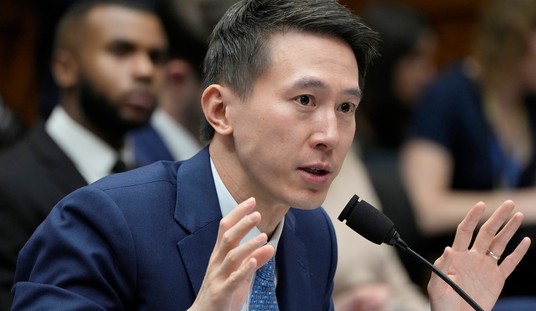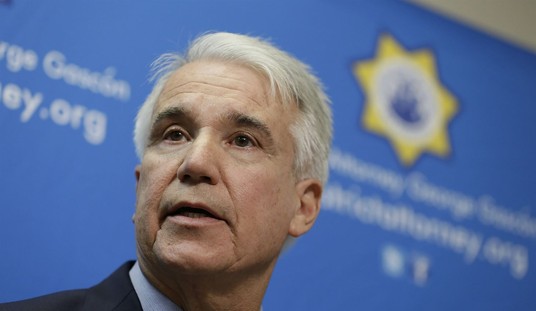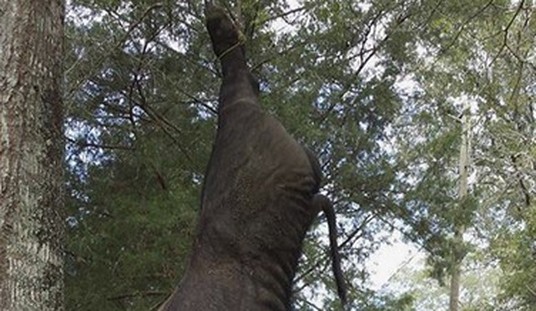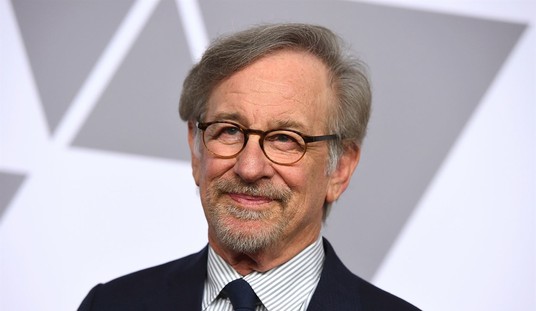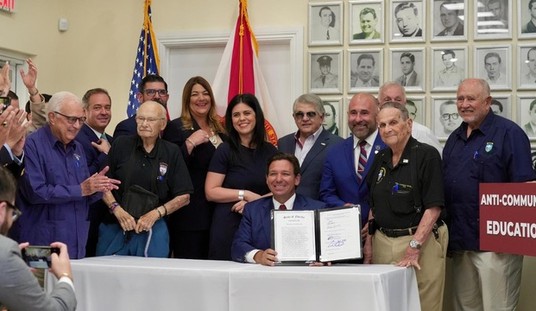In an era where the persuadable band of voters may be narrower than ever, turnout models matter most. Thus far, as Rolling Stone reported yesterday afternoon, Republicans appear to be far ahead of Democrats on that scale. It’s not that Democratic turnout is poor, but it’s not spectacular either.
Among Republicans, however, spectacular seems to be the right word:
Let’s start with the Republican Party. Voters have mobilized in huge numbers even though Trump is essentially running uncontested. (The Nevada and South Carolina Republican parties canceled their elections entirely.) In New Hampshire, Trump received 129,696 votes, which is more than double what Obama got in 2012 and George W. Bush in 2004.
Barry Burden, a political scientist at the University of Wisconsin who studies voter turnout, says Trump’s huge levels of support defy historical trends about sitting presidents who run for reelection. “A sitting incumbent running for reelection — that shouldn’t stimulate much interest,” Burden says. “It all runs a little contrary to what I think we would’ve expected.”
For the Democrats, the story is less rosy. Historic turnout in the 2018 midterm elections and several special elections since Trump took office has not yet translated into similar outpourings of voter energy in the first four primaries and caucuses. Political scientists and voting experts tell Rolling Stone that the turnout so far is good but not great. In several states more people voted, or a higher share of the voting-eligible population voted, than did four years ago. But the numbers so far have not met the high-water mark of the 2008 campaign.
“We’re not seeing the sort of eye-popping turnout numbers we’ve seen over the last couple of years we’ve seen since Trump became president,” says Michael McDonald, a political scientist at the University of Florida who specializes in American elections.
The problem, Rolling Stone’s Andy Kroll points out, is that the fabled youth-vote surge has yet to materialize. That demographic was supposed to lift Bernie Sanders to the nomination, and then Democrats to the White House, and Sanders insisted right up until Iowa and New Hampshire that this demo had already become fully activated. Sanders won’t be the first candidate to lose a bet on the youth vote, but this time it might be the whole party.
The flip side is even more remarkable, although we might not get a lot of opportunity to see if it sustains itself. State GOP parties canceled several of their primaries and caucuses to save their resources for the general election as well as to discourage challenges to Trump. This isn’t unusual for incumbent cycles, but in this case it might have limited the potential to show up Democrats. In those states where Republicans have gone to the polls, they have turned out in droves to support Trump, and that’s almost certainly no accident. The party has fully deployed its GOTV organization, known as the Trump Victory Leadership Initiative, the follow-on to its Republican Leadership Initiative launched in 2014. The party’s fundraising dominance has ensured plenty of resources for the TVLI, and the early primary turnout looks very much like successful tests of the TVLI system.
And if it’s this good now, when it doesn’t matter, imagine what it will look like in November when everything’s on the line. Democrats had better prepare for a massively improved turnout for Trump over 2016, which Trump desperately needs to be competitive in a Hillary-less cycle.
What about today’s turnout? Anecdotally, the picture is mixed. Maryland and Virginia report early increases, perhaps in reaction to Joe Biden’s sudden competitiveness in the Democratic contest. However, the news from California looks bleak:
With roughly 22 percent of mail-in-ballots returned, San Francisco’s voter turnout was looking low going into Tuesday’s primary election — lower than at the same time during the 2016 primary by roughly 12 percent, according to Department of Election’s figures.
Fewer than 86,000 mail-in ballots had been returned as of Monday night, which is roughly 15,000 fewer votes than had been submitted the day before 2016’s primary.
But this year nearly 90,000 more mail-in-ballots were issued than in 2016, making the drop in mail-in ballots returned even more noteworthy.
Department of Elections Director John Arntz said he would have expected at least 110,000 ballots to have been returned by now.
Democrats have a significant enthusiasm deficit, and it’s likely to continue through Super Tuesday. If it does, they might have to rethink their assumptions about a huge base of anti-Trump voters who are just champing at the bit for November but who curiously don’t care about who the challenger will actually be. That might be the latest version of a political unicorn — a mythical creature often described but never actually seen.


